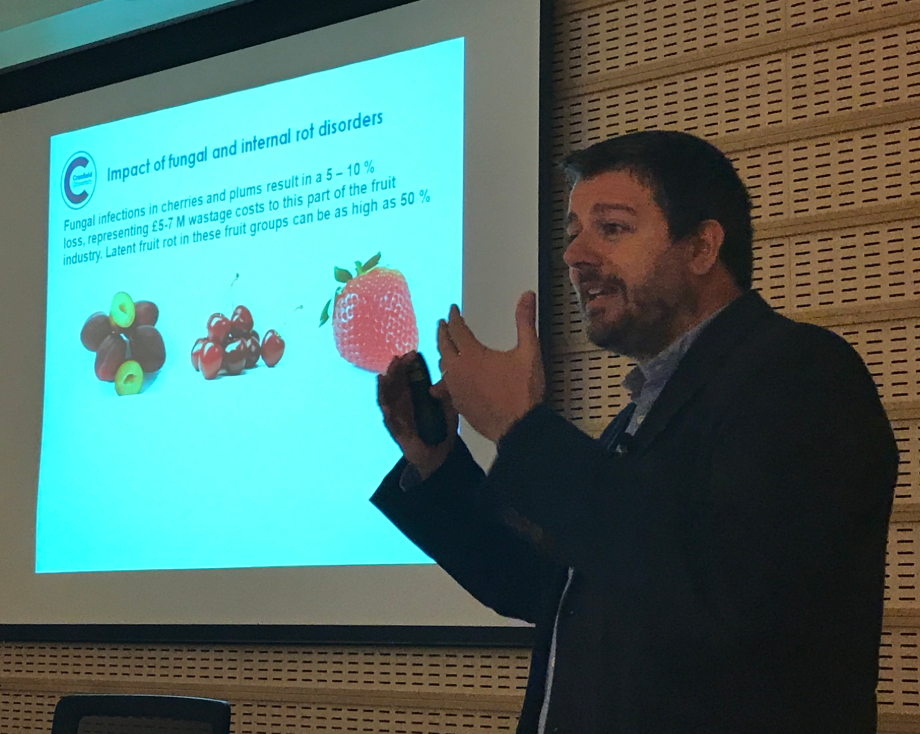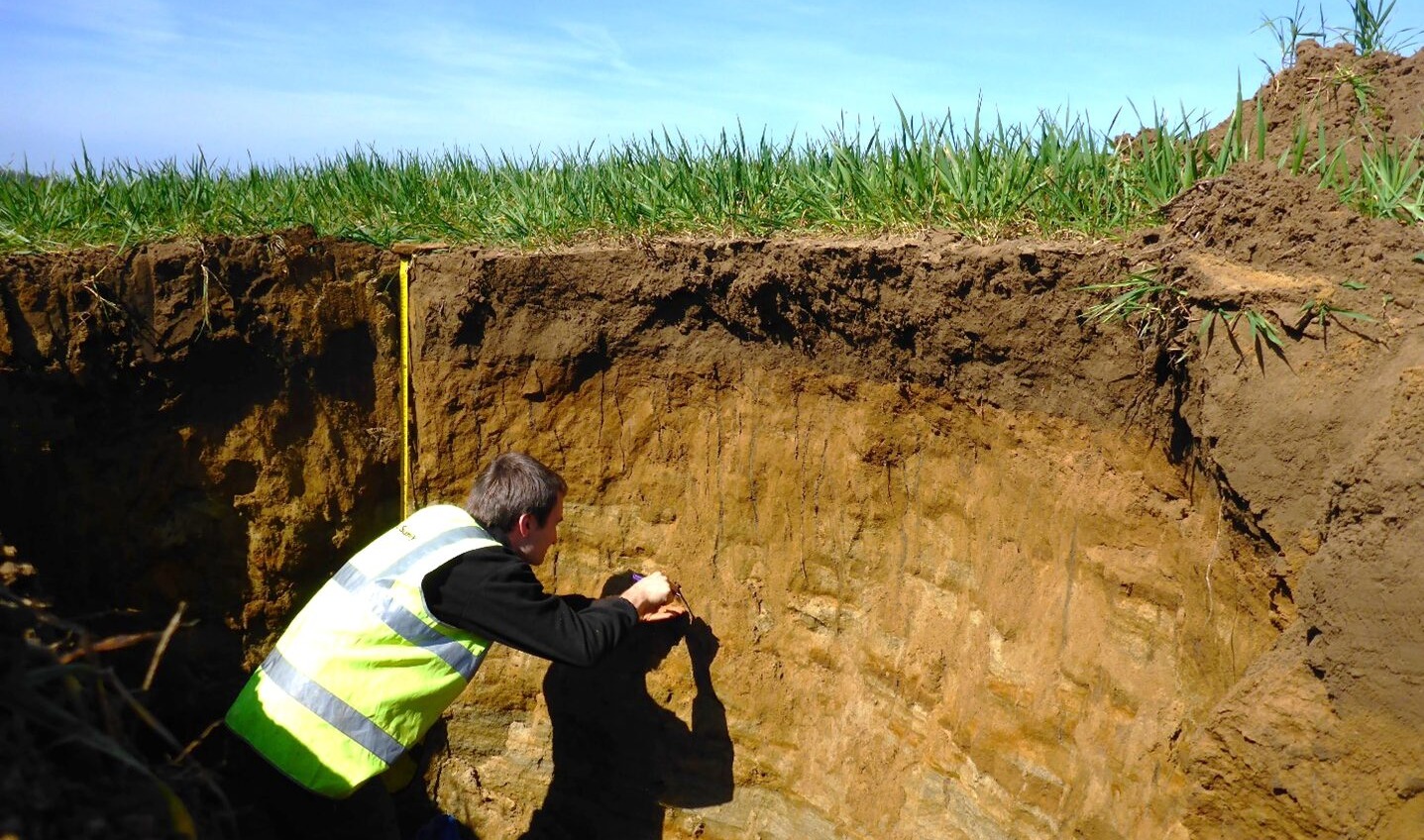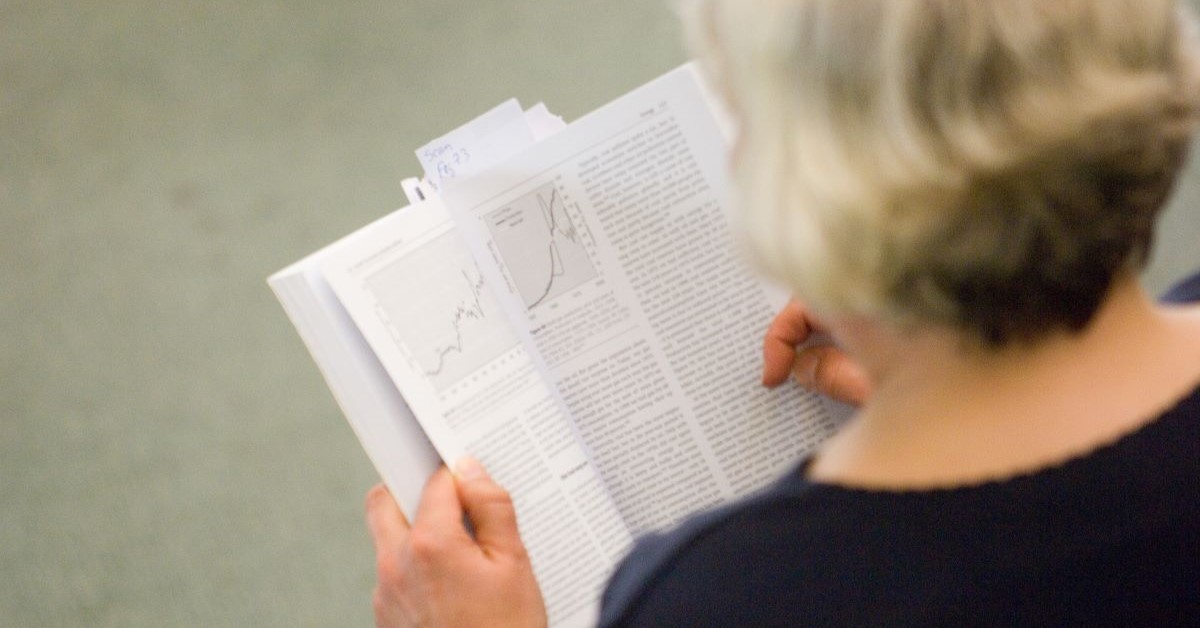Early detection of fungal pathogens in fruits
23/09/2019

Recently Dr Angel Medina presented at the Postharvest workshop organised by (IRTA). He shared his research on early detection of fungal pathogens in fruits and vegetables using volatile organic compound (VOC) biomarkers.
Volatile organic compounds are compounds that easily become vapours or gases and can be sampled through breath or diet and are used to detect fungal pathogens. VOC biomarkers provide a non-invasive and quick approach to detect fungal pathogens.
Examples of where VOCs have been used for early identification of fungal and bacterial rots is in the spoilage of fruits and vegetables. Fungal infections in cherries and plums result in a 5-10% loss representing a cost of £5-7 million in wastage in this section of the fruit industry. Detection of disorders post storage and prior to market would enable infected fruit to be safely marketed early to reduce loss. There are many advantages to identifying biomarkers such as the detection of disorders post-harvest which would enable infected produce to be isolated resulting in a reduction in the spread of infection and thusly enabling better crop management.
The results indicate that the prototype validation for strawberries show the amount of biomarkers detected or emitted depend on a number of parameters such as the fruit origin, variety, size as well as punnet size and temperature. The data analysis of this is very challenging due to the number of parameters that affect the result.
The current progress in the research project is that there is a detection system which has been built to monitor latent fungal infection emitted by strawberries. The system built is fit for purpose in terms of sensitivity, speed and ease of use. It is to be further investigated as to whether other fruits and vegetables may be able to give more reliable information as analysing the data from strawberries has been challenging.
Categories & Tags:
Leave a comment on this post:
You might also like…
From the control tower to Cranfield: My journey to shaping the future of airports
Hi, I’m Karima Lakouz, and this is the new me! I’m a Moroccan full-time student, aiming to graduate in 2026 with an MSc in Airport Planning and Management from Cranfield University. ...
Earth’s silent hero: Why soil is finally stepping into the spotlight
As a Soil Scientist, the start of December is always an exciting time of year, specifically World Soil Day (5 December). This year, it’s doubly special, because we are also celebrating the 75th Anniversary ...
How do I reference social media… in the NLM style?
Although it’s not considered to be scholarly material, you may find information on social media useful for a piece of academic work. It may be that a particular post on X or Facebook illustrates or ...
Want to improve your reading skills?
Are you starting to read through the mountains of journals, books or articles for your project or on your course reading list? Let’s start with a few myths about the reading process: You need to ...
Introducing… Bloomberg Spreadsheet Analysis (BSA)
Want to take your Bloomberg data skills in Microsoft Excel to the next level? The new Bloomberg Spreadsheet Analysis (BSA) certification is designed to help you do just that. Created by Bloomberg, BSA is an ...
Bridging Science and Supply: My Journey at the GCSG European Knowledge Forum 2025
Earlier this year, I had the honour of being selected as one of the 2025 Global Clinical Supplies Group (GCSG) European Scholarship Winners, an opportunity that took me to Budapest, Hungary, for the GCSG ...






